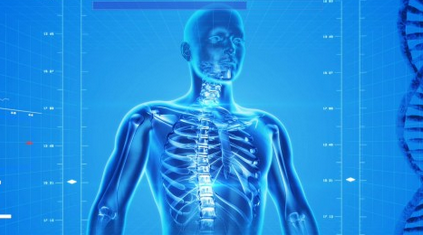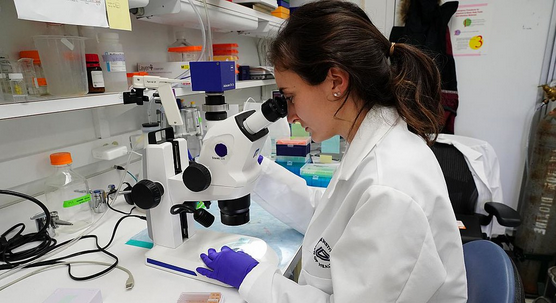It’s well known that the engine room of cells, the mitochondria, have a key role in fueling cancer growth. Treatments have targeted these microscopic organelles in many ways, including by blocking their food source to inhibit energy production, knocking them out with a cocktail of drugs and using their output as an early sign of cancer.
Mitochondria are back under the microscope, with scientists capturing their networks in two types of lung cancer tumors, showing their distinct structural organization and its relationship with their energy activity across the region. These detailed, complete maps hold great promise for finding better strategies to target lung cancers.
The Ionian Island of Ithaca’s Romantic Little Haven
Researchers from the University of California, Los Angeles’ (UCLA) Jonsson Comprehensive Cancer Center used positron emission tomography and electron microscopy to generate three-dimensional ultra-resolution maps of mitochondrial networks. Using an artificial intelligence technique called deep learning, they measured the architecture across hundreds of cells and thousands of mitochondria within the tumor.
Read more: New Atlas



































